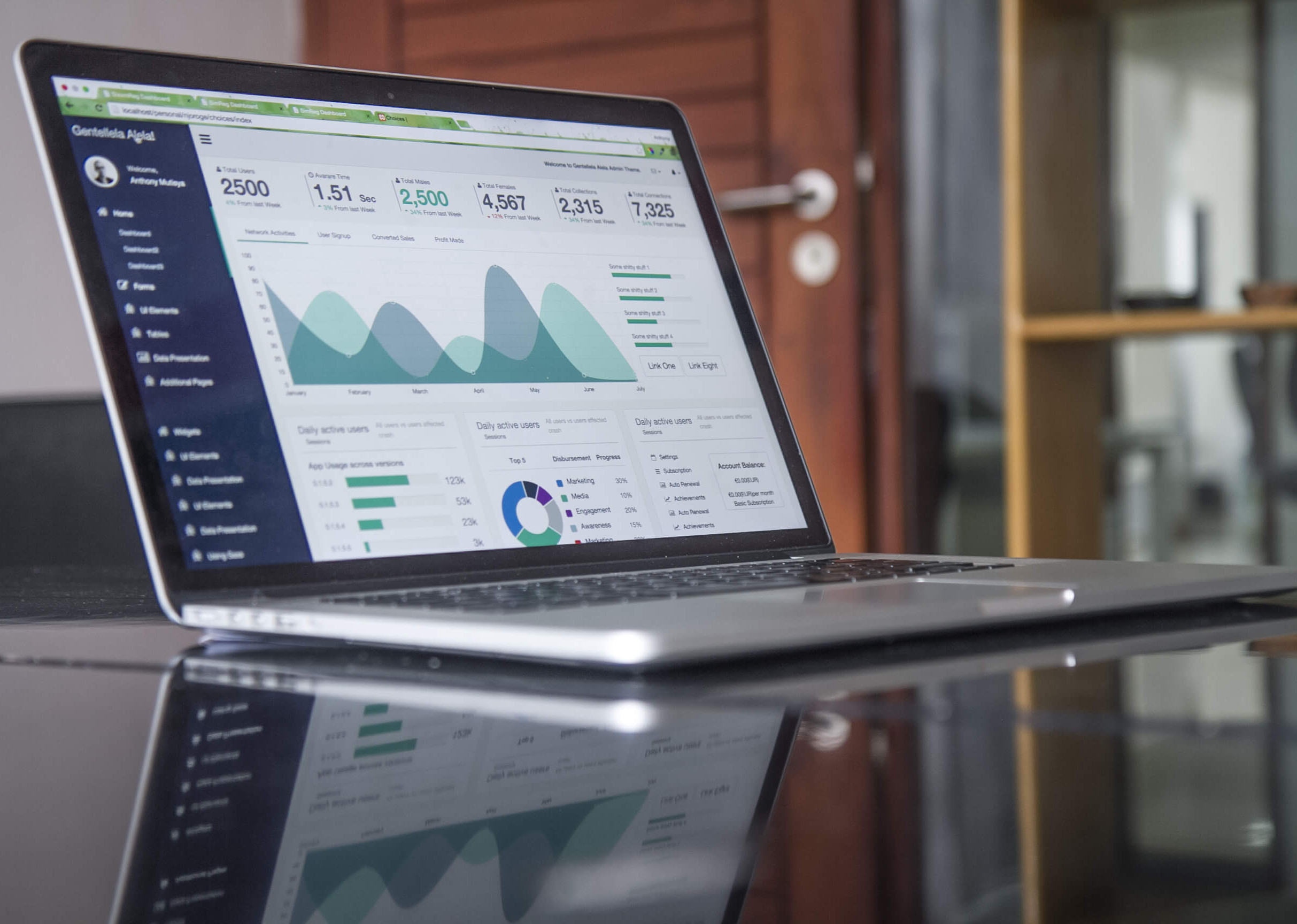Category Management has changed since its inception in the early 1990’s. While the core principles of the category management model remain the same, customer insight is now driving strategy and assortment direction. It’s not about the product, but about fulfilling the needs for the consumer. How do we better equip our vendor partners and retailers with critical data and respond to the changes driven by population of “Always-Connected Consumers”?
Brick and Mortar is not going away. We’re seeing changes to the center store, especially in grocery. Merchandisable space is being allocated, not just for product, but to ‘warehouse” for BOPIS (Buy On-line, Pick up In Store). As the changes within the center store evolve, former merchandisable areas are being allocated to grab and go, meal on the go, and experiential areas. More important is the data to drive localization of curated assortments, merchandising strategies in space plans, and floor plan allocation, leveraging the advances in data science and reporting to contend with the evolution of retail.
Software solutions will need to support key category management and merchandising functions within the supply chain dynamically, driving insight to changes in trends, and communication from operations back into the supply chain. It will be just as important to be connected to this information while being away from your desk. The JDA Category Management suite of applications is evolving to meet the needs of today’s shopper in a world of unified commerce. Decisions will be driven by data insights and with an understanding of the need to respond faster than ever before within the supply chain.
In the latest release of JDA Category Management (version 2017.2), JDA has taken key steps to ensure greater reporting; supporting changes to the merchandisable space and continuing to evolve the web framework of JDA, Open Access. Coming with this release will be JDA Reporting, powered by IBM Cognos. This will provide the ability to drive greater depth of reporting and rendering of data, in order to understand not only the planogram, but other data elements driving the customers decisions. Data within the powerful Category Knowledge Base (CKB) will provide reporting and sample dashboards to identify trends, changes, and opportunities. This will require CKB, enabling Open Access and licensing for Cognos. Speaking of Open Access, JDA’s web framework continues to evolve and execute more of the functions currently found in JDA Data Manager as it evolves into the preferred web framework supporting the database.
Lastly, JDA Floor Planning plays a key role in the store of the future. JDA Floor Planning now supports a bi-directional, round-trip feed to Autodesk Revit. While still supporting the .DXF and .DSG file formats from AutoCAD, Revit specifically supports updates from JDA Floor Planning back to the Revit solution. This saves hours of time spent updating files in the CAD drawing area and keeps the systems in sync. Retailers would need to operate on Revit v. 2015 or higher for the bi-directional feature to work. File formats from AutoCAD (.DXF and .DSG) will still work in JDA Floor Planning, but not bi-directionally.
Exciting, insight-driven technology by JDA will allow retailers and suppliers to collaborate and gain deeper insights into their customers as the “Always-Connected Consumer” continues to revolutionize the retail landscape.
For more information on Plantensive’s Category Management Services, click here.


